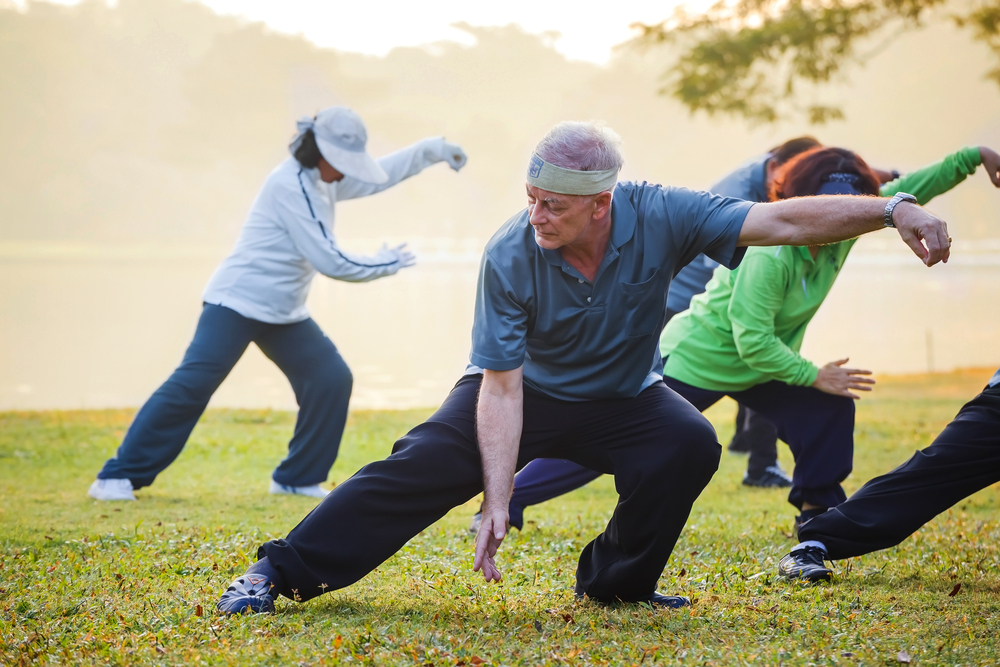Tai Chi Improves Respiratory Function in Patients with COPD, Study Shows
Written by |

A group of researchers found that tai chi, an ancient martial art and form of exercise, could offer a low-cost, easily accessible alternative to pulmonary rehabilitation for patients with chronic obstructive pulmonary disease (COPD).
After 12 weeks of practicing tai chi for five hours per week, participants saw benefits that surpassed those seen in pulmonary rehabilitation, the study showed.
The findings were published in the journal CHEST in an article titled “Tai Chi and Pulmonary Rehabilitation Compared for Treatment-Naive Patients With COPD.”
Because of its methodical and gentle form of exercise, tai chi incorporates stretching, breathing and coordinated movement in one session without bringing any significant danger to either younger or older people. In addition, the exercise can be made indoors or outdoors, in groups and no is equipment needed.
“Knowing the potential benefits of tai chi, we hypothesized that, in patients being treated with medication to manage their COPD symptoms, it could help improve the quality of life when compared to a course of classical western style pulmonary rehabilitation,” Nan-Shan Zhong, MD, one of the study’s authors, said in a press release. Zhong is with the State Key Laboratory of Respiratory Disease in Guangzhou, China.
The clinical trial (NCT02665130) enrolled 120 patients with COPD in rural areas of China, who never had used a bronchodilator. Participants were then divided into two randomly assigned groups: one would receive tai chi formal practice, and one would receive traditional pulmonary rehabilitation.
The 60 patients in the tai chi group were taught the 24-form Yang style, five hours per week for 12 weeks. The other 60 patients received pulmonary rehabilitation sessions, three times a week for 12 weeks, and verbal encouragement to remain as physically active as possible. Final assessment was conducted 12 weeks after the formal training had concluded.
At first, both groups scored similar improvements, as measured by the Saint Georges Respiratory Questionnaire (SGRQ) scores, a standard measure of health status in patients with diseases causing airway obstruction.
But after 12 weeks, researchers saw surprising differences in SGRQ scores, favoring tai chi, in breathlessness (dyspnea) scores, and in exercise capacity (assessed by the six-minute walk distance test).
“While neither training approach differed from the other by more than the minimal clinically important difference of four SGRQ points at the end of this 12-week study, an additional 12 weeks after discontinuation of formal training, improvements emerged in favor of tai chi in SGRQ score, six-minute walk distance, modified Medical Research Council dyspnea score, and quadriceps strength,” said Yuan-Ming Luo, PhD, the study’s senior author.
“We conclude that tai chi is equivalent to PR [pulmonary rehabilitation] and may confer more sustained benefit,” Luo said.
Michael I. Polkey, PhD, the study’s first author, added: “Physical activity is key to reducing symptoms in COPD. We do recommend PR, but our study shows that tai chi is a viable alternative when there is no local PR service. We encourage pulmonary rehabilitation providers to consider offering tai chi as an alternative therapy that patients would then be able to continue unsupervised in their own home.”




